
Mexico is getting ready for an extraordinary celebration ...
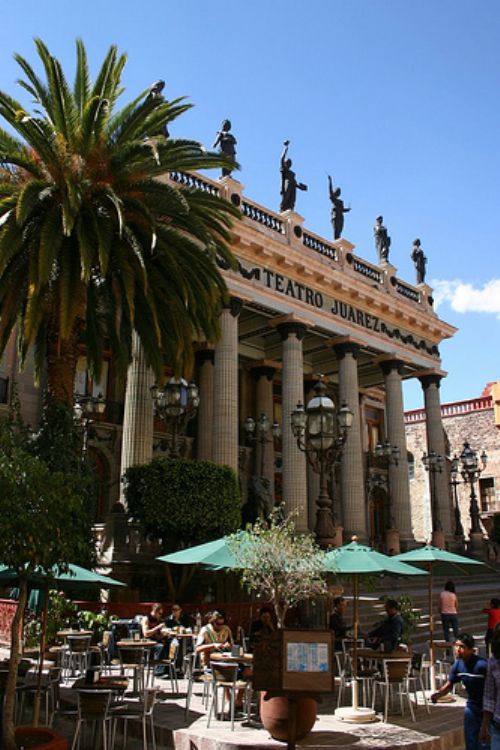
The "place rich in frogs", now Guanajuato owes its name to the Chichimeca community that worshiped frogs. They were represented by two natural shaped rocks on the Meco or Chichimeca Hill that surrounds Guanajuato city.
The variety of dishes distinguishes the Guanajuato cuisine. All the regions boast their creations. In Comonfort the steamed nopalitos, the dry adobo , the fritangas for the poor, rabo soup and the colonche, a fermented tuna drink are some of the specialties. In Salamanca the goat or lamb barbecue; in Celaya the dulce de leche and nut sweets stand out for its flavors; in Dolores Hidalgo the snows with peculiar flavors such as shrimp, tequila, mole and elote, Other favorites are: the pacholas guanajuatenses, the San Miguel de Allende snack, the tumbagones, the palomino chili, the turkey and tongue jelly, and the rosaceas and love soups.
Since 1972, every year , during October and November, Guanajuato city holds the Festival Cervantino, in honor of the illustrious author Miguel de Cervantes. The Cervantino International Festival is today the most important cultural and artistic event in all of Latin America. There are concerts, plays, exhibitions, performances, literature workshops, arts and crafts, among many other cultural and artistic activities.
The Diego Rivera Biennial is another great cultural event. Held in honor of the famous painter and muralist Diego Rivera. He founded the Colegio Nacional and was a distinguished painter who had exhibitions in the United States and Europe. He was married to the international distinguished Mexican artist, Frida Kahlo.
The main Guanajuato crafts are leather products: saddles, shoes, purses, belts moneybags are displayed to the public through international fairs. Hand made ceramics and pottery from the Sierra Central, Los Altos and the Bajio, the woodcrafts and furniture from the Apaseo municipality -technique passed from generation to generation- and Tarandacuao Pottery are among other crafts also available to the visitor.
The variety of dances is another cultural asset. They are mostly performed during the patron celebrations like the Virgen del Refugio Day, the Virgen del Carmen Day, the Virgen de los Remedios day, the Inmaculada Concepción day and the María Auxiliadora day among many others. The dances show the life style of the people throughout its history; sometimes with pride, other times trying to express frustration or denounce social concerns. These are some of the dances still performed by the local dancers: dance of the elderly, of the French, of the Moorish, of the Chichimecas, of the Sonajeros, of the Plumero, of the Pames, of the Compadres and the Toreritos.

Mexico is getting ready for an extraordinary celebration ...
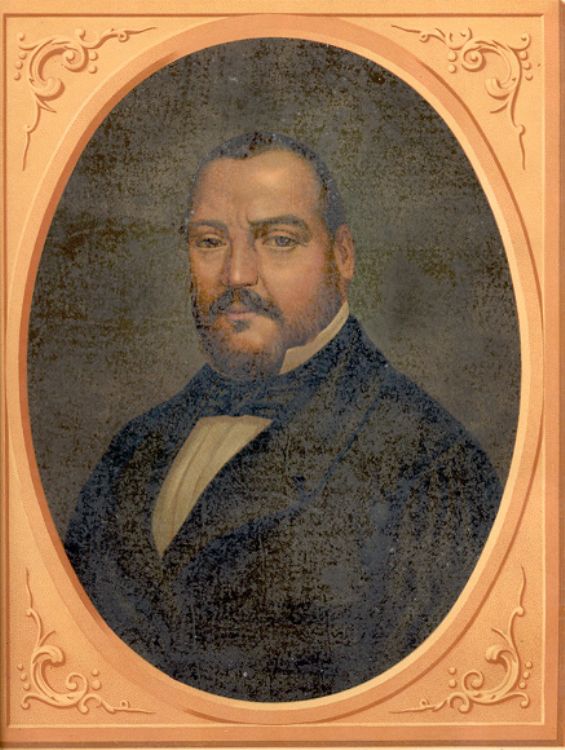
Mexicoâs War of Reform, also known as the Three Year Wa...
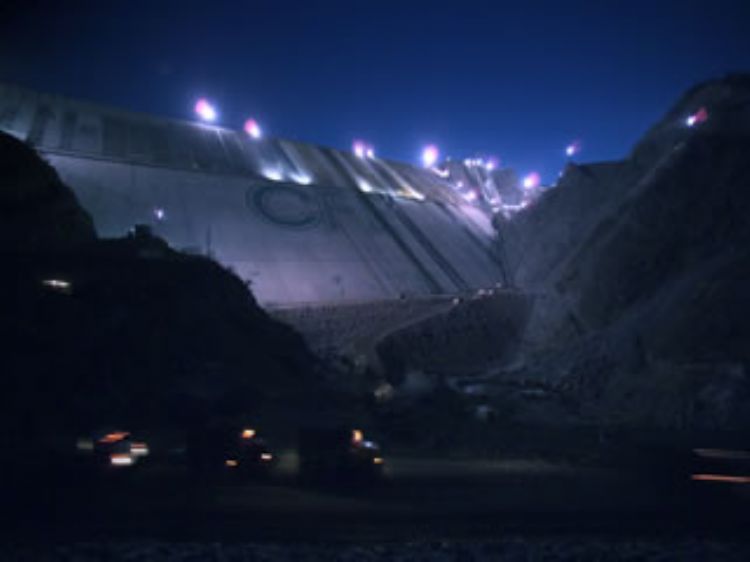
Traditionally, the Comisión Federal de electricida...
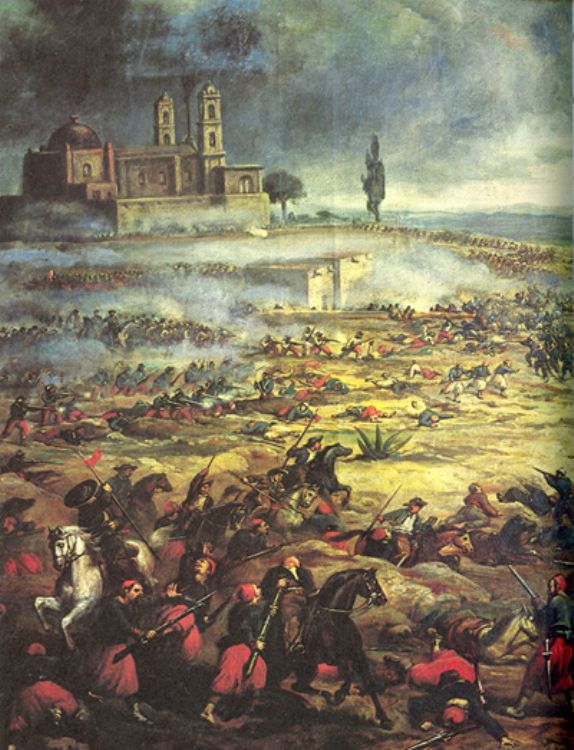
The Battle of Puebla took place on the 5th of May 1862 in...

With most of its inhabitants having unmet needs, it is no...

Mexican visual arts have been very fortunate and prolific...

Mexicoâs War of Reform, also known as the Three Year Wa...
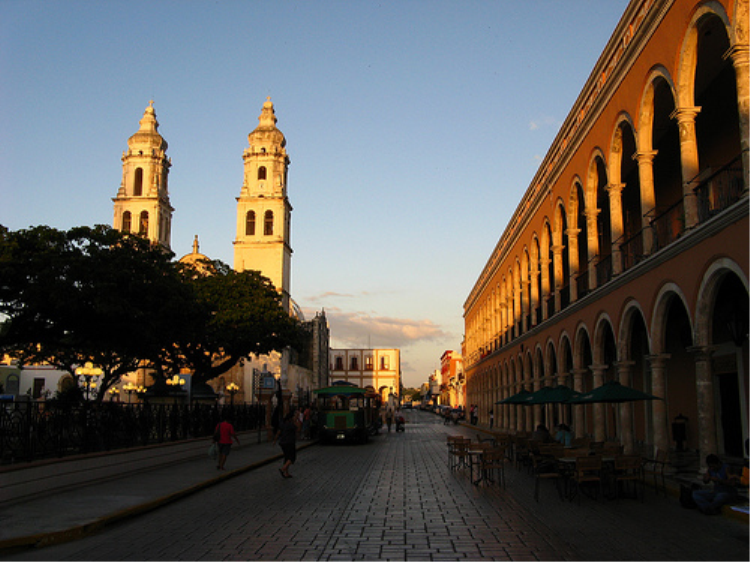
Several foreign and domestic agencies such as the Interna...

The XIX edition of the Olympic Games celebrated in Mexico...
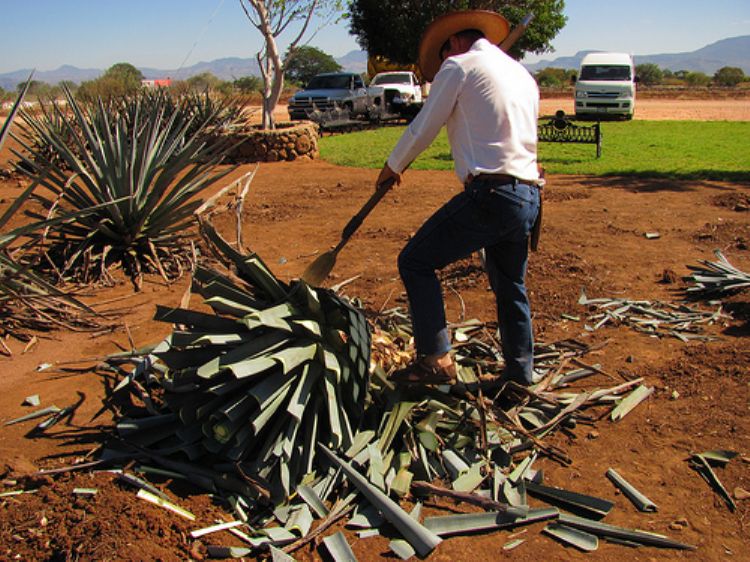
One of the best known products that Mexico has given to t...
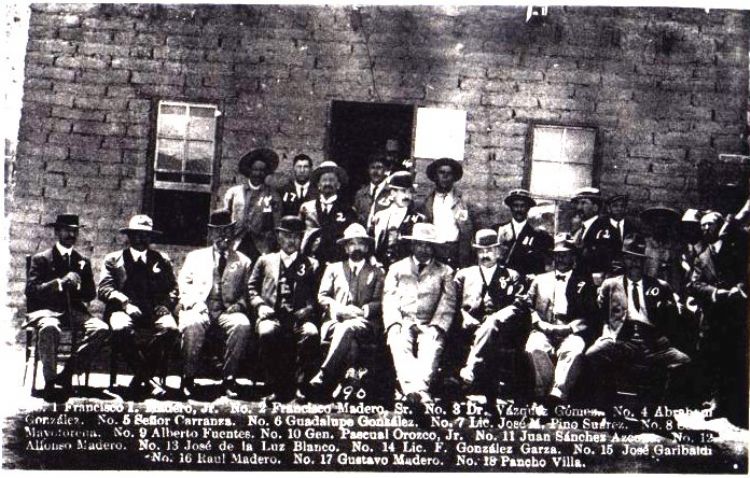
During the 19th century, the country had many battles, no...
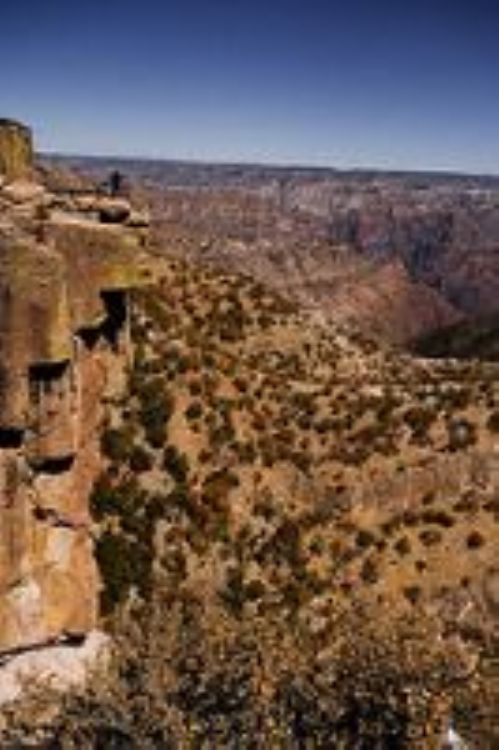
The Barrancas del Cobre (Copper Canyons) are currently co...
